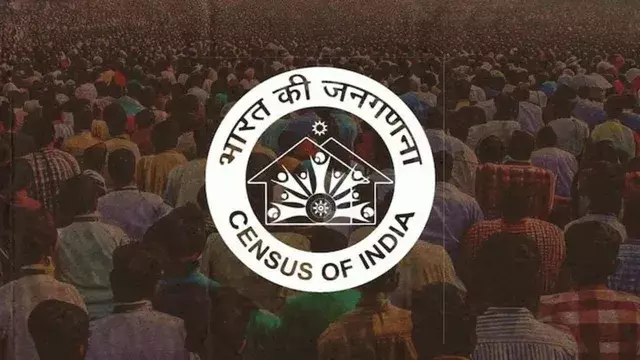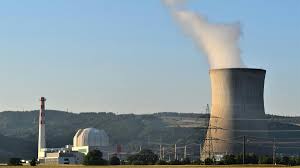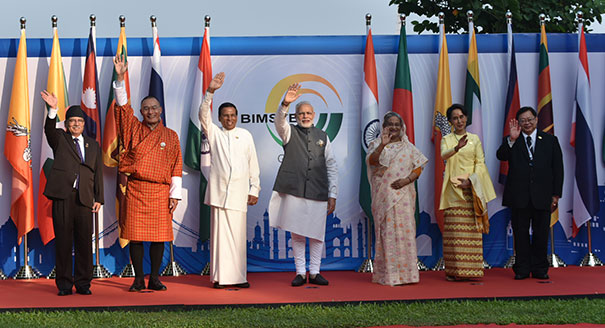- Courses
- GS Full Course 1 Year
- GS Full Course 2 Year
- GS Full Course 3 Year
- GS Full Course Till Selection
- Answer Alpha: Mains 2025 Mentorship
- MEP (Mains Enrichment Programme) Data, Facts
- Essay Target – 150+ Marks
- Online Program
- GS Recorded Course
- Polity
- Geography
- Economy
- Ancient, Medieval and Art & Culture AMAC
- Modern India, Post Independence & World History
- Environment
- Governance
- Science & Technology
- International Relations and Internal Security
- Disaster Management
- Ethics
- NCERT Current Affairs
- Indian Society and Social Issue
- NCERT- Science and Technology
- NCERT - Geography
- NCERT - Ancient History
- NCERT- World History
- NCERT Modern History
- CSAT
- 5 LAYERED ARJUNA Mentorship
- Public Administration Optional
- ABOUT US
- OUR TOPPERS
- TEST SERIES
- FREE STUDY MATERIAL
- VIDEOS
- CONTACT US
Gujarat’s Banaskantha to be Split; Vav-Tharad to be 34th District
Gujarat’s Banaskantha to be Split; Vav-Tharad to be 34th District
02-01-2025
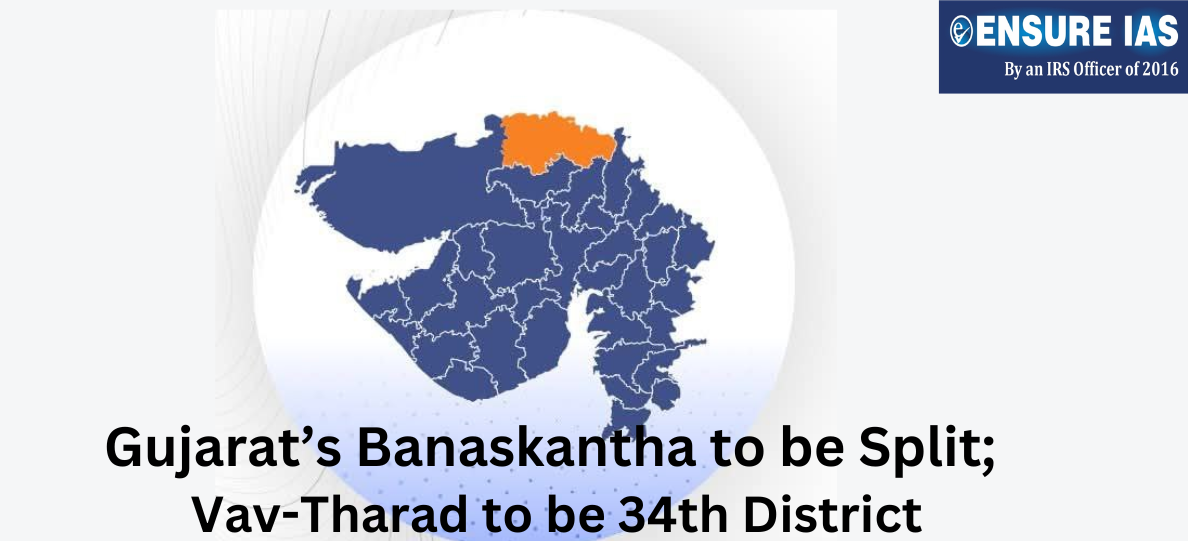
- Gujarat government has decided to split Banaskantha district into 2 separate districts.
- A new district, Vav-Tharad, will be created, with its headquarters located at Tharad.
- The decision was made during the weekly state cabinet meeting, led by Chief Minister Bhupendra Patel.
- With this change, Gujarat will have a total of 34 districts.
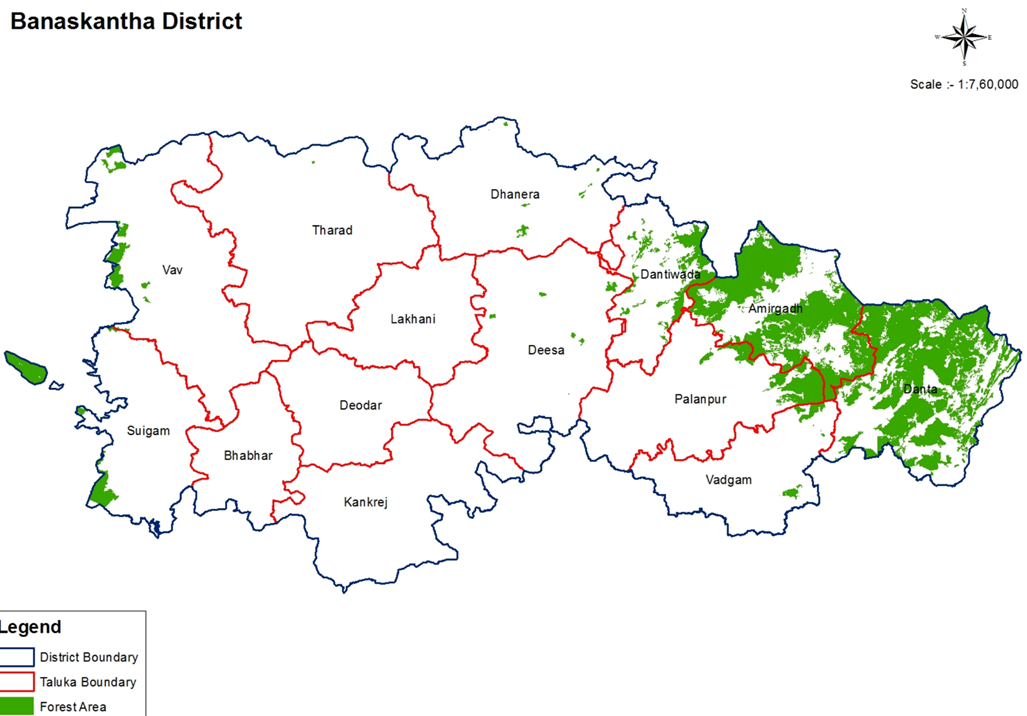
5. Reason for the Split:
- Banaskantha is the largest district in Gujarat in terms of talukas (14 in total) and the second largest by area.
- The split is aimed at ensuring better public services and facilities for residents of the district, making it easier for them to access administrative resources.
- The new division will improve administrative efficiency and local governance.
6. Details of the Split:
- New District (Vav-Tharad):
- Includes 8 talukas: Vav, Bhabhar, Tharad, Dhanera, Suigam, Lakhni, Diodar, and Kankrej.
- The new district will also include 4 municipalities: Bhabhar, Tharad, Thara, and Dhanera.
- Area: 6,257 sq km.
- Revised Banaskantha District:
- Composed of 6 talukas: Palanpur, Danta, Amirgadh, Dantiwada, Vadgam, and Deesa.
- Includes 2 municipalities: Palanpur and Deesa.
- Area: 4,486 sq km.
7. Impact on Villages:
- The division will result in easier access for people living in villages on the new Vav-Tharad side of the district.
- Residents in these areas will no longer have to travel 35-85 km to reach the district headquarters, saving time and fuel.
8. Administrative Changes:
- The new Vav-Tharad district will receive increased funds and government grants for development.
- This is expected to lead to better infrastructure and improved human development services.
9. Electoral and Administrative Process:
- District panchayat elections will be postponed until the delimitation process is completed and administrative offices are set up for the new districts.
10. Minister’s Statement:
- Senior Minister Rushikesh Patel emphasized that this decision was made in the larger public interest to ensure ease of administration and better facilities for residents of Banaskantha district.
What are Districts?
How are New Districts Carved?
Why are New Districts Created?
Does the Central Government Have a Role?
|
|
Also Read |
|

